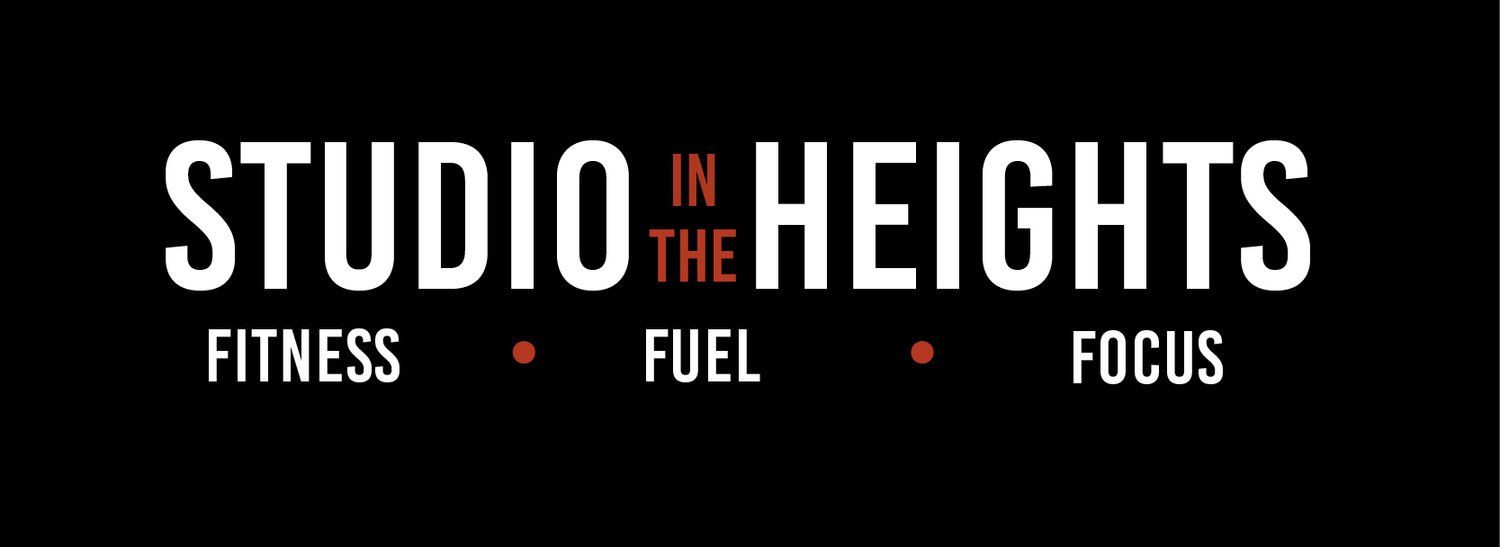Exercise as Preventative Medicine
If you’ve been here for a while, you know we are always talking about the benefits of physical activity - whether it is taking a class with us at the Studio or online, or simply taking a brisk walk.
We also know most of our readers are doing more than just walking for exercise - you already appreciate the benefits of exercise and understand the positive impacts it has on your health. The information we listed above just gives you more motivation to keep going and find ways to make your workouts even more efficient and helpful for you personally.
You are here looking for more targeted advice, like how to reduce back pain or get rid of shin splints. You may have had a joint replacement and want to improve your bone health. You might even be tired of having an achy neck and want to improve your posture.
If you want targeted advice and direction to help you set and meet specific goals, we invite you to consider one-on-one personal training. If getting to the Studio simply doesn’t fit into your schedule, or you live outside of New York, don’t think you have an excuse to not exercise! Let us give you some extra motivation. You know exercise is good for you - but did you know it can actually prevent some medical conditions, and even help treat others?
Exercise as medicine has become a global movement in recent years, spearheaded by the American College of Sports Medicine. Their website states:
The vision of Exercise is Medicine® (EIM), a global health initiative managed by the American College of Sports Medicine (ACSM), is to make physical activity assessment and promotion a standard in clinical care, connecting health care with evidence-based physical activity resources for people everywhere and of all abilities.
You can visit their website to see the research they and others have done, but here is the gist:
Exercise can help you control your cholesterol without medicine (or in conjunction with medicine). Regular exercise can reduce the free fats in your bloodstream and raise your HDL (good cholesterol) levels. We know good cholesterol lowers your risk of heart disease, and bad cholesterol raises it.
Simply walking 30 minutes per day can lower your blood pressure between 5 and 15 mmHg.
Regular exercise can increase your body’s insulin sensitivity allowing your body to better control and regulate sugar levels. This helps prevent Type 2 Diabetes.
Recent research even demonstrates that regular exercise during cancer treatment improves symptoms and reduces side effects in patients undergoing chemotherapy and radiation treatment. It also eases fatigue, anxiety, and depression while improving quality of life.
The CDC agrees, and puts all the information in a gorgeous infographic you can check out here.
Just to be clear, we are not telling you to stop taking your cholesterol or blood pressure medication and exercise more instead. You should always consult with your primary care physician before making any changes to your medication.
We are telling you adding strength training and targeted workouts to your routine will improve your overall health and may mean you don’t need as much medication, or need to start taking it as soon.
